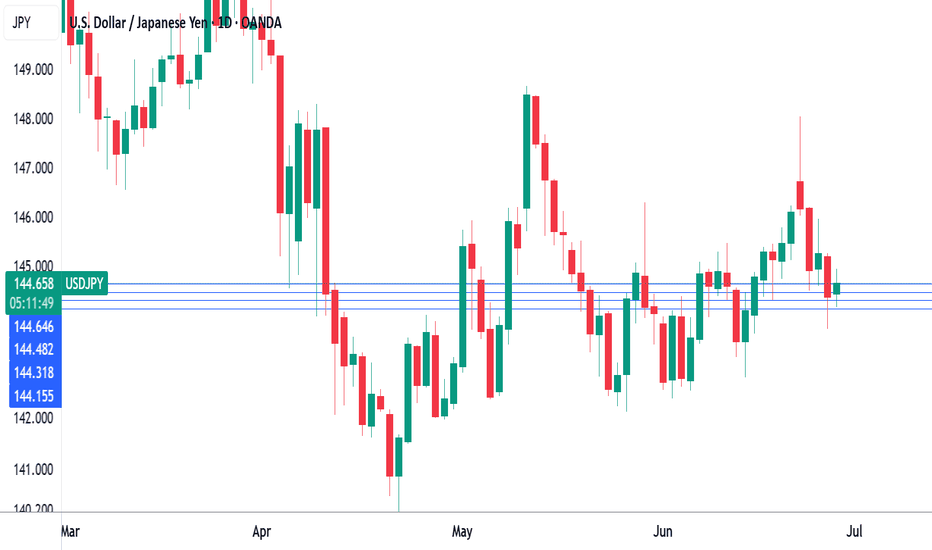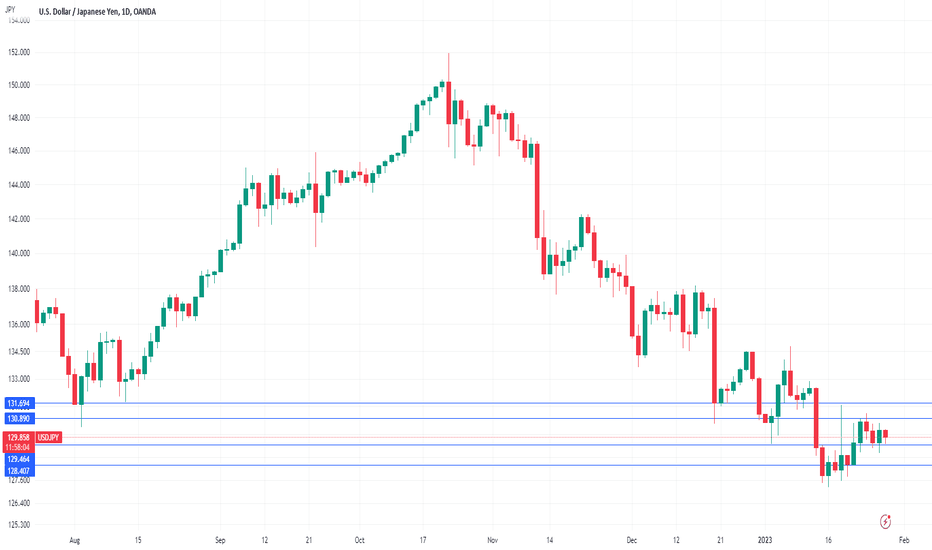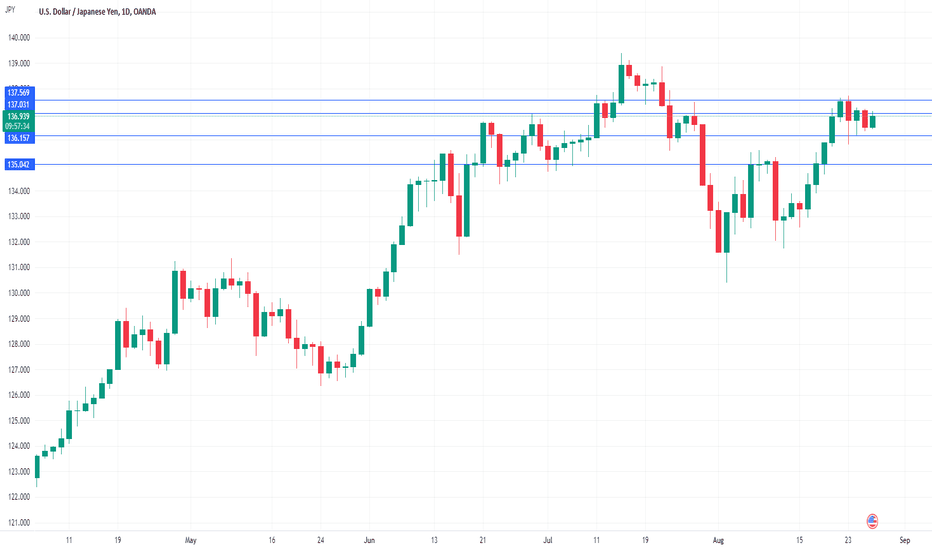Yen rises sharply, Tokyo Core CPI nextThe Japanese yen has edged higher on Friday. In the North American session, USD/JPY is trading at 144.57, up 0.16% on the day.
Tokyo Core CPI surprised on the downside in June, falling to 3.1% y/y. This was down sharply from the 3.6% gain in May and below the market estimate of 3.3%. This was the the first slowdown in Tokyo core inflation since February. The decline was largely driven by a renewal of fuel subsidies and a reduction in water charges.
Despite the drop, core inflation remains well above the Bank of Japan's 2% target, maintaining expectations for another rate hike in the second half of the year. BoJ Governor Ueda has signaled that the Bank will raise rates if it is confident that wage growth is sustained, which is critical to maintaining inflation at the 2% target. However, this week's BOJ Summary of Opinions showed that some members are more dovish, given global trade tensions and the bumpy US-Japan trade talks. Japan has said it will not agree to US tariffs of 25% on Japanese cars, and six rounds of talks in the past two months have failed to produce a deal.
The Core PCE Price Index, the Fed's preferred inflation indicator, accelerated in May and was higher than expected. The index rose 2.7% y/y up from an upwardly revised 2.6% in May and above the consensus of 2.6%. Monthly, the index rose 0.2%, up from 0.1% which was also the consensus. This was a three-month high and will boost the case for the Fed to leave interest rates unchanged at the July meeting.
USD/JPY faces resistance at 144.49 and 144.64
144.31 and 144.16 are the next support levels
Tokyocorecpi
Yen rises sharply, Tokyo Core CPI nextThe Japanese yen has posted strong gains on Thursday. In the North American session, USD/JPY is trading at 144.14, down 0.55% on the day. Earlier, USD/JPY fell as low as 143.75, its lowest level since June 13.
Tokyo Core CPI, a leading indicator of nationwide inflation trends, will be released early Thursday. Tokyo Core CPI hit 3.6% in May, its highest level in over two years. The market estimate for June stands at 3.3%.
The Bank of Japan has signaled that more rate hikes are on the way, provided that inflation continues to move towards the BoJ's level of a sustainable 2%. However, trade talks between the US and Japan have hit a snag, with Japan saying it can't accept US tariffs of 25% on automobiles. The clock is ticking, as US reciprocal tariffs will take effect on July 9 without a deal.
The markets are eyeing a possible rate hike in July, which would be the first rate hike since January. The BoJ meets next on July 31, and if the two sides can reach a trade deal before then, it could cement a rate hike at that meeting. Even if the BoJ maintains rates at the upcoming meeting, investors will be keen to see the new inflation and growth forecasts.
The BOJ's summary of opinions from the June meeting, released Wednesday, didn't provide much insight into the BoJ's rate path. Board members were divided over whether to raise rates in a period of economic uncertainty over the impact of US tariffs on Japan's economy.
There is support at 144.59 and 143.93
145.27 and 145.93 are the next resistance lines
USD/JPY dips as Tokyo Core CPI risesThe Japanese yen is in positive territory on Friday. In the European session, USD/JPY is trading at 129.76, down 0.33%.
Inflation indicators in Japan continue to head northwards. Tokyo Core CPI rose to 4.3% y/y in January, up from 3.9% in December and ahead of the consensus of 4.2%. This is the highest level in 42 years, but what is more worrying for the Bank of Japan is that the indicator has exceeded the central bank's target of 2% for the eighth straight month. The increase was broad-based, with food and fuel prices the main contributors to the increase.
The Tokyo Core CPI reading follows other inflation indicators which have hit decades-high levels, adding pressure on the BoJ to exit its stimulus programme. The BoJ insists that inflation will peak at 3% in March. but this view seems over-optimistic, given the trend we're seeing from inflation data. BOJ Governor Kuroda has said he will maintain the Bank's ultra-loose policy until wages increase, which would indicate that inflation is driven by domestic demand rather than cost-push factors. Kuroda winds up his term in April, and the new Governor could decide to tighten policy, which would boost the yen.
US GDP climbed 2.9% y/y in Q4, down from 3.2% in Q3 but still a respectable clip. Will the US be able to avoid a recession? The answer isn't clear, as the economic data shows a mixed picture. The employment market remains robust and overall growth has been positive. Manufacturing and Services PMIs continue to show that these sectors are contracting and housing has been especially weak, as lowered Q4 GDP by about 1.3%. Much will depend on the strength of consumer spending, which accounts for some 68% of GDP. Consumer spending rose 2.1% in Q4, down slightly from 2.3% in the third quarter. However, the December release is worrying, as consumer spending declined by 1.1%. If this trend continues, it seems likely that the US economy will tip into a recession.
There is resistance at 130.89 and 131.69
129.46 and 128.40 are providing support
USD/JPY eyes inflation, household dataThe Japanese yen is calm on Monday and is trading slightly higher, at 132.27. The yen ended the week on a strong note, posting gains of about 1% on Friday.
USD/JPY has shown significant volatility since late December. Last week, the pair traded in a range of over 500 points, which included breaking below the 130 line for the first time since May. We could see stronger movement again today, as Japan releases Tokyo Core CPI and Household Spending later in the day.
Tokyo Core CPI has been moving steadily higher since January 2022, when it came it a negligible 0.2%. The December report rose to 3.6%, up from 3.4%, and the upward trend is expected to continue, with a forecast of 3.8% for January. After years of deflation, rising prices have become the new norm. The Bank of Japan has repeatedly stated that it will not change its ultra-loose policy due to higher inflation. Governor Kuroda said last month that he expects inflation to fall below the 2% target as the effect of soaring import costs will ease. The BOJ shocked the markets in December by widening the yield curve band, and there is speculation that Kuroda's successor, who will take over in April, could raise the yield targets on long-term bonds, which would be a major policy change.
High inflation has taken a bite out of Household Spending, which fell to 1.2% in October, down from 2.3% a month earlier. The downtrend is expected to continue, with a weak gain of 0.6% expected for November.
The US dollar was lower across the board on Friday, after the US posted some soft data. Nonfarm payrolls was slightly better than expected at 223,000, but wage growth headed lower. Average hourly earnings rose 4.6%, well off the 5.0% estimate and shy of the prior reading of 4.8%. The ISM Services PMI underperformed, slipping to 49.6, down sharply from 56.5 and the forecast of 55.5. This marked the first time the PMI has fallen into contraction territory since May 2020, with a reading below the neutral 50.0 threshold. The drop in wages and the weak services data indicate that the US economy is slowing and is likely to tip into recession, which could force the Fed to reconsider its aggressive rate-tightening policy.
There is weak support at 132.13, followed by 131.14
133.28 and 134.75 are the next resistance lines
USD/JPY hits 137, Powell speech eyedThe Japanese yen is in negative territory today. USD/JPY is trading at 136.90 in the European session, up 0.34%.
It has been a relatively quiet week for the yen, which is trading exactly where it started the week, around the 137 line. The month of August has not been kind to the yen, with USD/JPY soaring 2.75%. The US dollar is again in favor as the markets have tapered down their excitement that the Fed plans a dovish pivot. Does the Fed plan to let up or remain aggressive in its fight against inflation? We will certainly be smarter after Jerome Powell's speech at Jackson Hole later today. A hawkish message from Powell should boost the US dollar unless investors zero in on any dovish remarks or projections, which could reignite speculation that the Fed will ease up on rate hikes.
The Tokyo Core CPI index rose 2.6% in August, above the forecast of 2.5% and higher than the 2.3% gain in July. This marked the highest gain since October 2014. Policy makers in other major economies can only dream about inflation below 3%, but for Japan, rising inflation is a new phenomenon after decades of deflation. Inflation has exceeded the Bank of Japan's target of 2% for four successive months and inflation is finally on the Bank's agenda. Still, it is very unlikely that the BoJ will do anything more than tweak monetary policy, as its number one goal is to stimulate Japan's fragile economy.
The rise in inflation and the BoJ's rigorous control of its yield curve has caused a steep deprecation of the yen, and an exchange rate of 140 may not be far off. There has been speculation in recent months that the Ministry of Finance could intervene to support the yen, but this has not happened until now and there is no indication that the 140 level is a magical 'line in the sand' that would trigger intervention. For now, the main driver of USD/JPY remains the US/Japan rate differential, leaving the yen at the mercy of the movement of US Treasury yields.
USD/JPY is testing resistance at 137.03. Above, there is resistance at 137.03
1.3615 and 1.3504 are providing support




